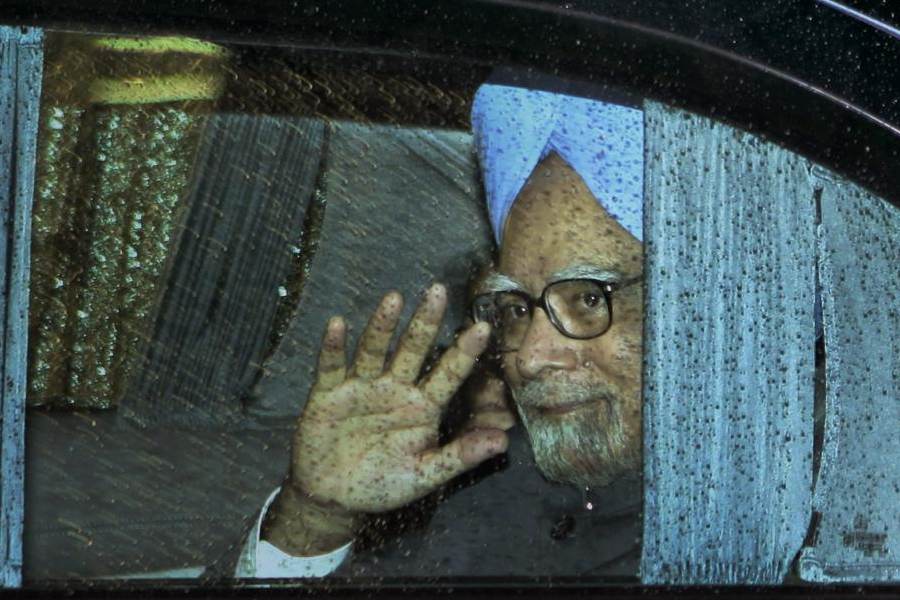
Kendrapara, Jan. 30: Ill-maintained jetties in the water bodies in Bhitarkanika pose a serious threat to the safety of tourists visiting the Ramsar wetland site.
Bhitarkanika National Park is one of the most popular tourists spots of the state. Every year, more than 50,000 tourists from all over the world visit the sanctuary. But many of the jetties in the park, through which tourists board or alight from boats, are wallowing in utter neglect.
Wooden logs are missing from the steps in some of the jetties, exposing the passengers straight to the estuarine crocodiles that lie in the water bodies underneath, while guardrails are missing in many other jetties. The rickety bamboo-pole structures look so frail and fragile that they may collapse any time, not being able to bear the weight of tourists who use the structures every day.
The condition of the jetties in Khola and Dangmal are, however, worst among all others in the national park.
"These jetties have no safety measures. While concrete slabs are missing from the walkways on several stretches, the jetties also do not have any guardrail to hold on to. Tourists using these jetties may fall straight into water bodies any time," said Sudhanshu Mishra, a tourist.
"It is unfortunate that the authorities do not pay any attention to the safety of the tourists. Such infrastructure deficiencies give the state's tourism a bad name," he said.
"The wooden or bamboo-pole structures adjoining the jetties are often overloaded by tourists who throng the park during peak seasons. A mishap could occur any time if the authorities do not take immediate measures to repair the structures," added another tourist who came here from neighbouring Bengal.
"Balancing ourselves while walking through the jetties is a tough task. It is a harrowing ordeal particularly for women and children. The rivers flowing underneath are famous as crocodile habitats. So, there is hardly any chance of saving a life if one falls into the river from the jetties," said another tourist, Sangram Mohapatra.
The forest department charges Rs 20 as entry fee from Indians, while international tourists have to pay Rs 1,000 for the same. Tourists are also charged for carrying cameras and parking vehicles.
Besides, the forest department also levies service tax on tourists who put up in cottages and bungalows inside the park. "The forest department has turned a blind eye to tourists' safety despite earning so much revenue from the park," said Mohapatra.
Divisional forest officer of Rajnagar mangrove (wildlife) forest division, Bimal Prasanna Acharya said: "We will take steps to renovate the jetties at the earliest. However, the forest officials, who are on duty at the jetties, always pay attention to the safety of the tourists.""Around 50,000 tourists visit the park annually. Our emphasis is to ensure their safety and comfort so that they can enjoy the eco-system and unique environs of the wetlands. The forest department recently introduced luxury vessels which, have become the latest tourist attraction. Around 350 to 400 tourists on average sail around the water bodies by boats. There would be no compromise on the safety aspect. The department is intent on ensuring their safety," he added.
The national park is known for its saltwater crocodiles, resident and migrant avian species and huge varieties of mangrove species. Besides, millions of endangered olive ridley sea turtles turn up at Gahirmatha beach every year for mass-nesting.











